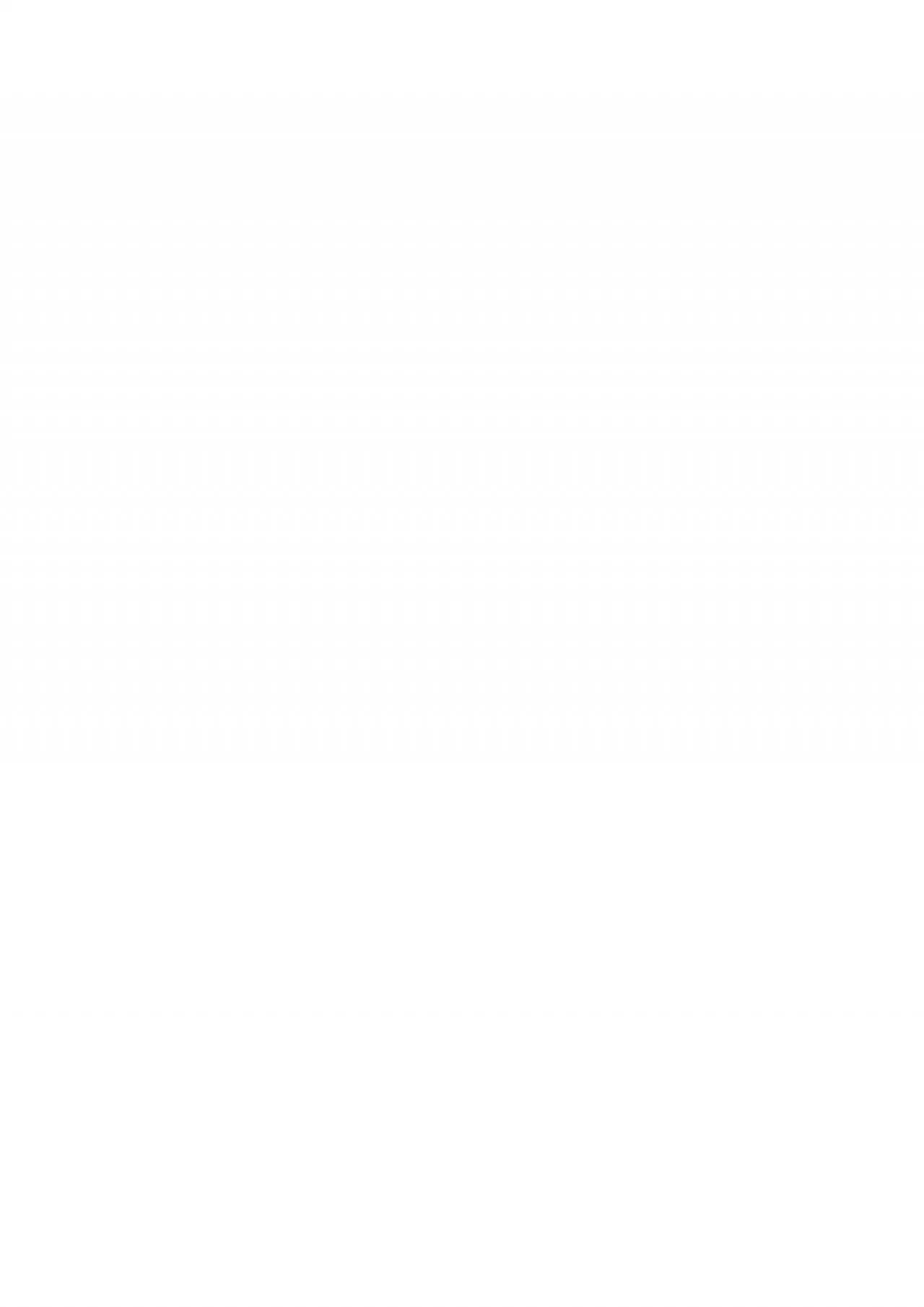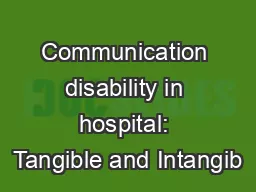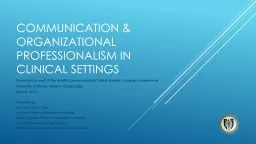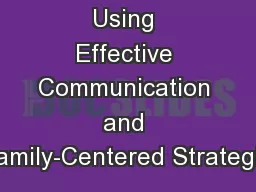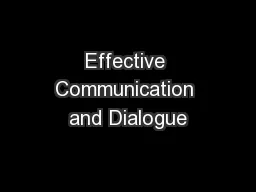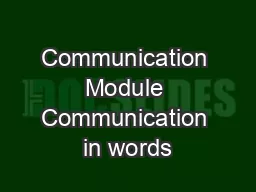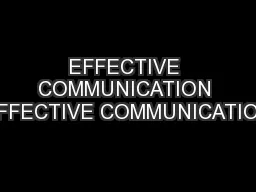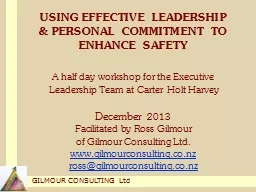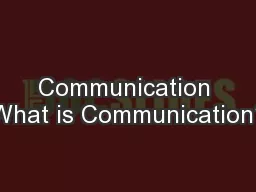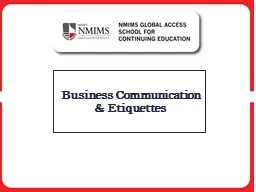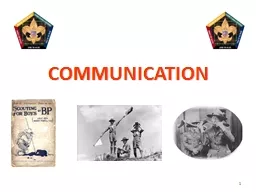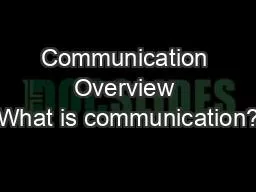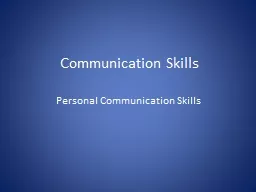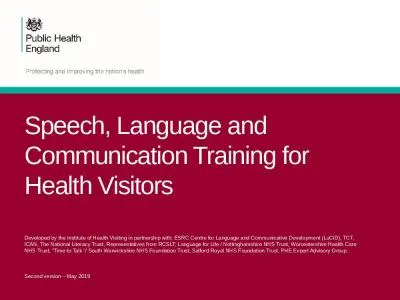PPT-Health Communication: “This is our time”
Author : Dollface | Published Date : 2022-08-02
Cartagena Spain 7June 2013 Franklin Apfel MD MHS Managing Director World Health Communication Associates WHCA wwwwhcaonlineorg Aim To have a conversation with
Presentation Embed Code
Download Presentation
Download Presentation The PPT/PDF document "Health Communication: “This is our ti..." is the property of its rightful owner. Permission is granted to download and print the materials on this website for personal, non-commercial use only, and to display it on your personal computer provided you do not modify the materials and that you retain all copyright notices contained in the materials. By downloading content from our website, you accept the terms of this agreement.
Health Communication: “This is our time”: Transcript
Download Rules Of Document
"Health Communication: “This is our time”"The content belongs to its owner. You may download and print it for personal use, without modification, and keep all copyright notices. By downloading, you agree to these terms.
Related Documents

